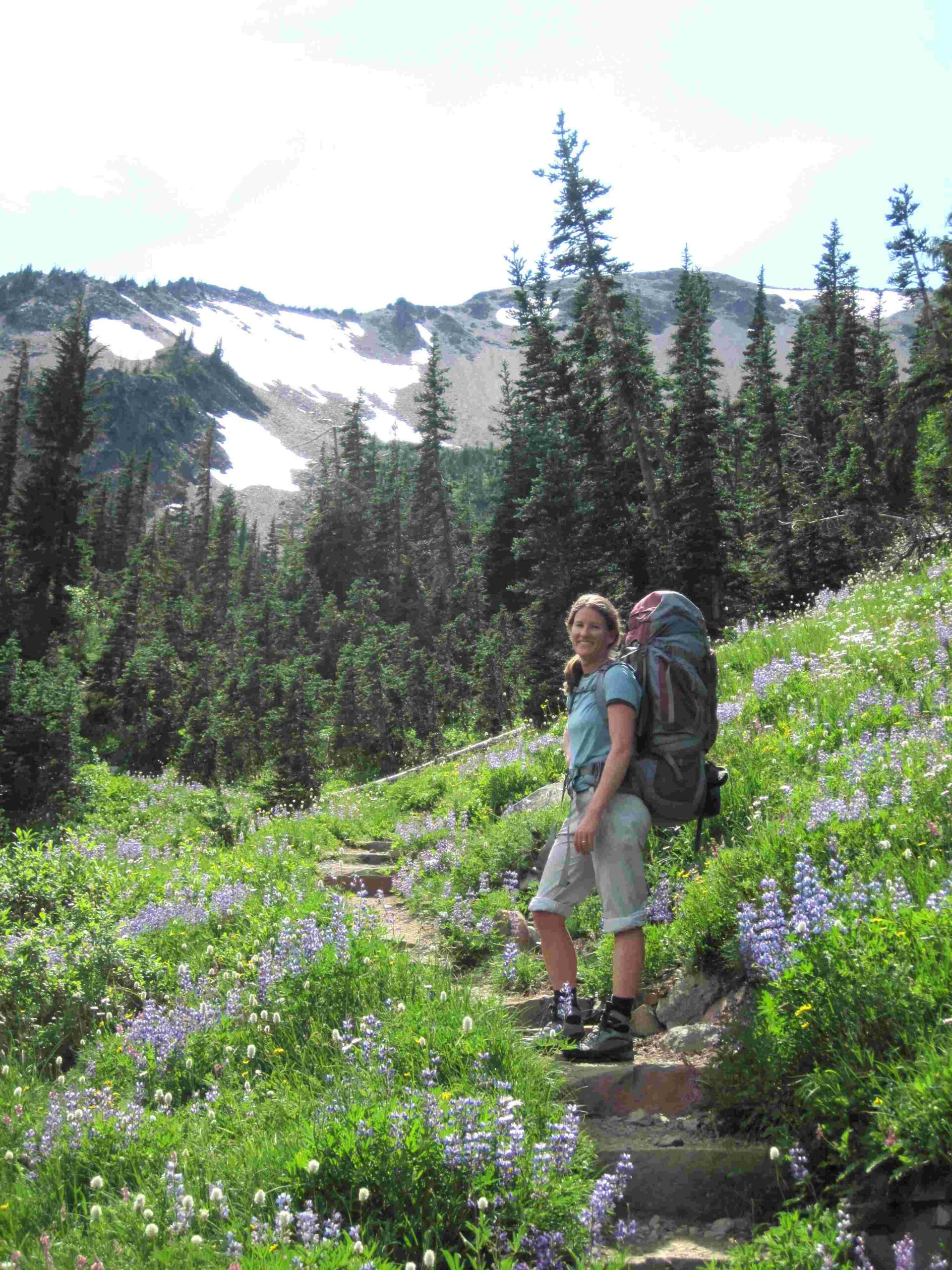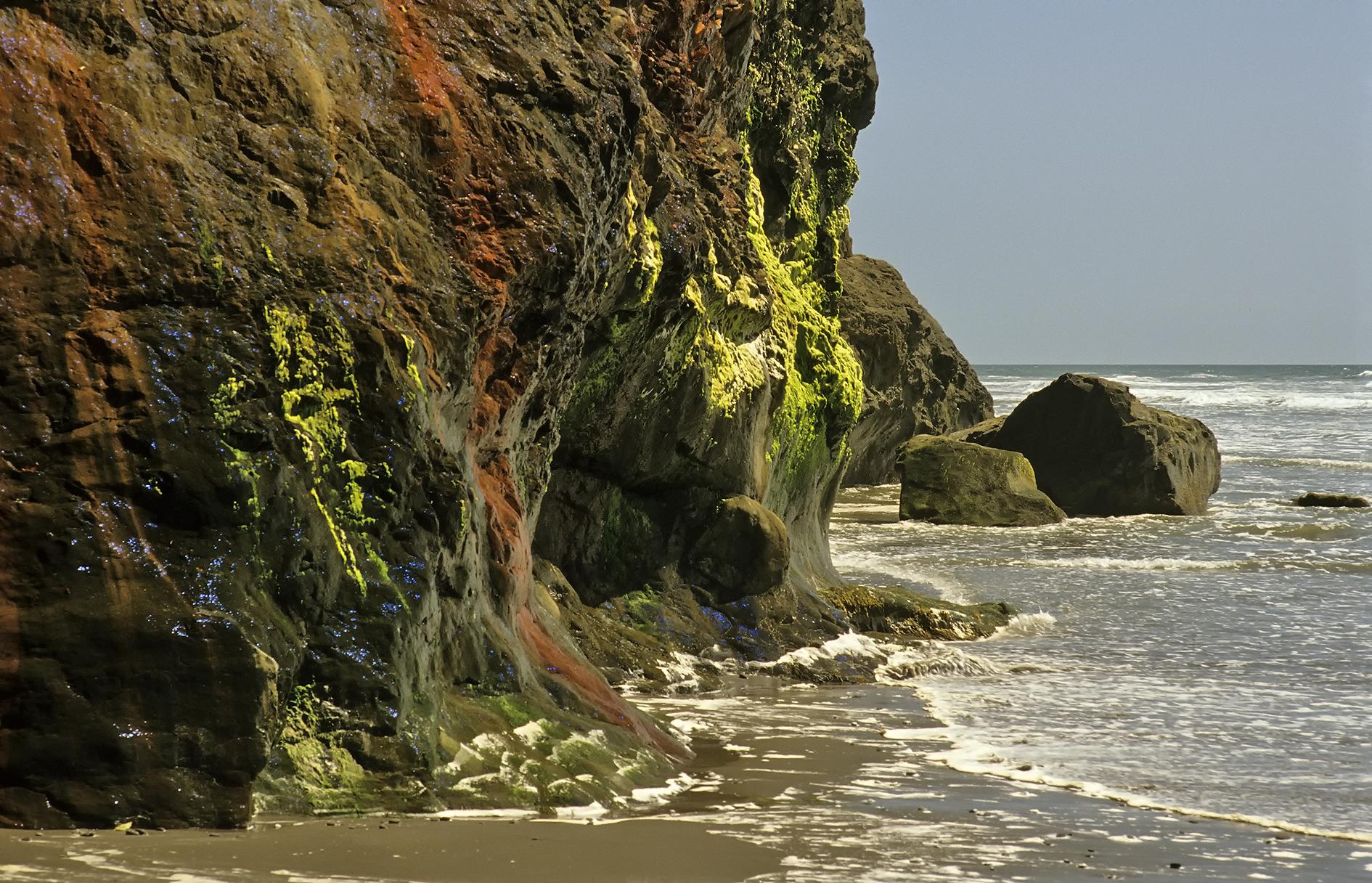The loop around Olympic National Park, known as the Grand Loop or Deer Park Loop, is a challenging 43-mile backpacking trek that offers breathtaking views of diverse landscapes. This circular route takes hikers through lush valleys, over high mountain passes, and alongside pristine alpine lakes. With an elevation change of +/- 13,000 feet and a peak elevation of 6,650 feet, the loop provides an immersive experience in the heart of the Olympic wilderness.
What Is the Grand Loop Trail?

The Grand Loop Trail is a multi-day backpacking adventure that circumnavigates a significant portion of Olympic National Park. This trail offers hikers a chance to experience the park’s diverse ecosystems, from dense forests to alpine meadows. The loop typically takes 3-4 days to complete and requires careful planning and preparation.
Day-by-Day Breakdown of the Loop
Day 1: Deer Park Trailhead to Falls Camp
- Distance: 10 miles
- Elevation Change: +2,000 feet / -3,400 feet
- Key Features:
- 5-mile descent to Cameron Creek and Gray Wolf River intersection
- 5-mile climb along Gray Wolf River to Falls Camp
- Optional side trip to Cedar Lake (1.7 miles)
Day 2: Falls Camp to Dose Meadows Camp
- Distance: 11 miles
- Elevation Change: +3,200 feet / -2,800 feet
- Key Features:
- Climb over Gray Wolf Pass (6,200 feet)
- Steep descent into Dosewallips River Valley
- Trail follows Dosewallips River past Bear Camp
Day 3: Dose Meadows Camp to Grand Lake Camp
- Distance: 10.3 miles
- Elevation Change: +4,200 feet / -3,900 feet
- Key Features:
- Crossing of Lost Pass (5,600 feet)
- Ascent to Cameron Pass
- Descent into Cameron Creek Basin
- Final climb to Grand Pass
What Are the Best Viewpoints Along the Loop?

The loop around Olympic National Park offers several stunning viewpoints that showcase the park’s natural beauty:
- Gray Wolf Pass
- Elevation: 6,200 feet
-
Views: Panoramic vistas of surrounding mountains and valleys
-
Cameron Pass
- Views: Olympic Mountains and alpine meadows
-
Access to high-altitude flora and fauna
-
Grand Pass
- Views: Breathtaking panoramas of Olympic Mountains
-
Nearby alpine lakes
-
Obstruction Point
- Views: Strait of Juan de Fuca and mountain peaks
- Accessible via a moderate hike from Grand Lake Camp area
What Wildlife Can Be Seen on the Loop?
Olympic National Park is home to diverse wildlife. Here’s what you might encounter:
| Animal | Best Viewing Times | Typical Locations |
|---|---|---|
| Black Bears | Early morning, late evening | Dense vegetation, near water sources |
| Mountain Goats | Late morning to early afternoon | Higher elevations (e.g., Gray Wolf Pass, Grand Pass) |
| Roosevelt Elk | Early morning, late evening | Hoh and Quinault Rainforests, meadows along the trail |
What Are the Essential Hiking Tips for the Loop?
Gear Recommendations
- Sturdy hiking boots
- Waterproof gear
- Layered clothing for changing weather
- Map, compass, or GPS device
- First aid kit
- Bear spray and bear-resistant containers
Safety Precautions
- Check weather forecasts regularly
- Carry a personal locator beacon (PLB) or satellite phone
- Be prepared for wildlife encounters
- Use bear-resistant containers for food storage
Trail Conditions
- Expect steep and rocky terrain
- Be prepared for mud and wet conditions in rainforest areas
- Consider using trekking poles for stability
Parking Information
- Park at designated trailheads (e.g., Deer Park Trailhead)
- Ensure your vehicle is secure and properly parked
Seasonal Considerations
- Best hiking season: June through September
- Be prepared for snow and ice at higher elevations outside peak season
- Obtain necessary wilderness camping permits
How to Prepare for the Loop Around Olympic National Park?
- Physical Conditioning
- Train for long-distance hiking and elevation changes
-
Practice with a loaded backpack
-
Route Planning
- Study detailed trail maps
-
Plan daily mileage and camping locations
-
Gear Check
- Ensure all equipment is in good condition
-
Test gear before the trip
-
Food and Water
- Plan meals and snacks for the entire trip
-
Bring water filtration system
-
Leave No Trace
- Familiarize yourself with Leave No Trace principles
- Pack out all trash and waste
By following these guidelines and properly preparing for the loop around Olympic National Park, hikers can enjoy a safe and memorable wilderness experience in one of America’s most diverse national parks.
References:
1. Backpackers Review – Grand Loop – Olympic National Park
2. Olympic National Park Maps – My Olympic Park
3. AllTrails – Olympic National Park

